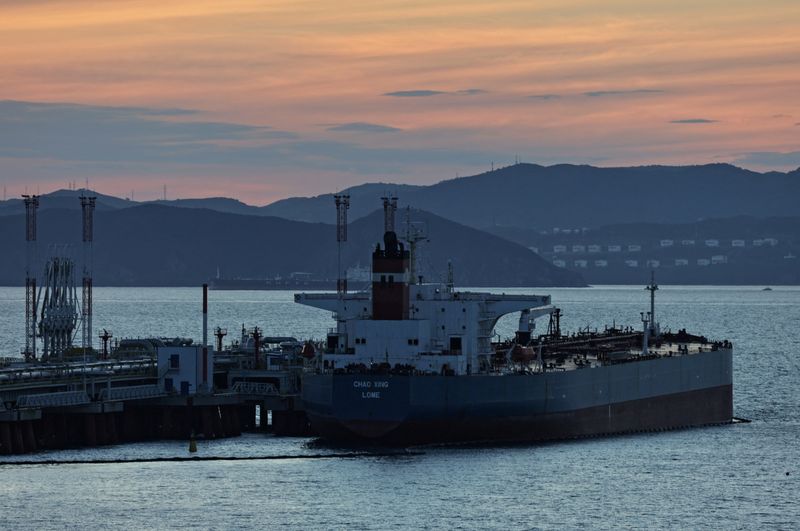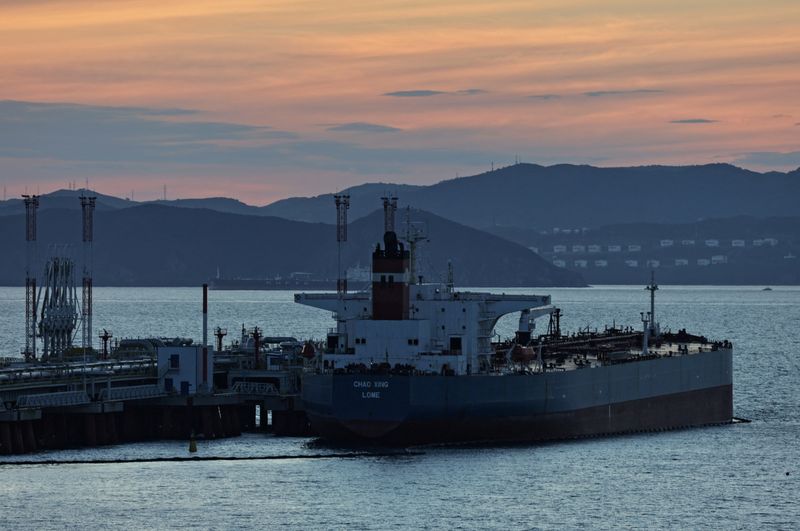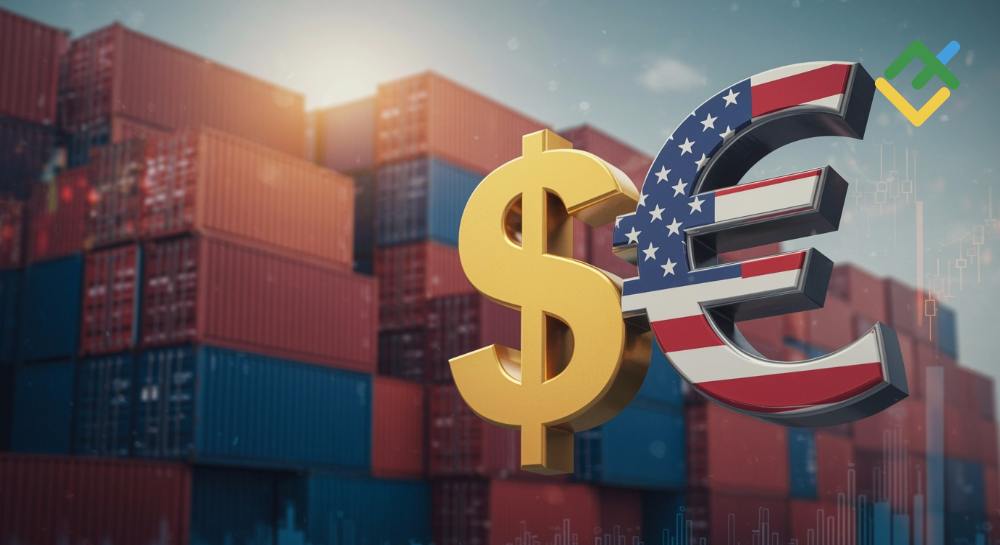
By Colleen Howe and Trixie Yap
(Reuters) -Oil prices eased on Tuesday but remained near four-month highs as the impact of fresh U.S. sanctions on Russian oil remained the market’s key focus.
Brent futures slipped 28 cents, or 0.4%, to $80.73 a barrel by 0400 GMT, while U.S. West Texas Intermediate (WTI) crude fell 18 cents, or 0.2% to $78.64 a barrel.
Prices jumped 2% on Monday after the U.S. Treasury Department on Friday imposed sanctions on Gazprom (MCX:GAZP) Neft and Surgutneftegas as well as 183 vessels that trade oil as part of Russia’s so-called “shadow fleet” of tankers.
“Headlines surrounding Russia oil sanctions have been the dominant driver for oil prices over the past week, and combined with resilient U.S. economic data, the tighter supply-demand dynamics have been seeing some momentum,” said IG market strategist Yeap Jun Rong.
“Prices are taking a slight breather today. With prices rising fast and furious by close to 10% since the start of the year, it does prompt some profit-taking as event risks around upcoming U.S. inflation data releases loom.”
The U.S. producer price index (PPI) will be released later in the day, with consumer price index (CPI) data on Wednesday.
The stakes are high for Wednesday’s figures, where any rise in core inflation greater than the forecast 0.2% would threaten to close the door on further Federal Reserve interest rate cuts this year. [MKTS/GLOB]
Lower interest rates typically help in stimulating economic growth, which could prop up oil demand.
“The recent rally to a three-month high does signal an improvement in sentiment, but while broad bearish pressures have eased for the time being, a stronger catalyst is still needed to fuel a sustained broader uptrend,” IG’s Yeap added.
While analysts were still expecting a significant price impact on Russian oil supplies from the fresh sanctions, the actual physical impact could be less.
“…These sanctions have the potential to take as much as 700k b/d of supply off the market, which would erase the surplus that we are expecting for this year. However, the actual reduction in flows will likely be less, as Russia and buyers find ways around these sanctions – clearly there will be more strain on non-sanctioned vessels within the shadow fleet,” ING analysts said in a note.

Meanwhile, demand uncertainty from major buyer China could blunt the impact of the tighter supply. China’s crude oil imports fell in 2024 for the first time in two decades outside of the COVID-19 pandemic, official data showed on Monday.
“New sanctions on Russian tankers are expected to impact crude supply to China and India, though key players in these countries are still assessing the legal situation and possible workarounds,” said Sparta Commodities’ Philip Jones-Lux.
This post is originally published on INVESTING.




